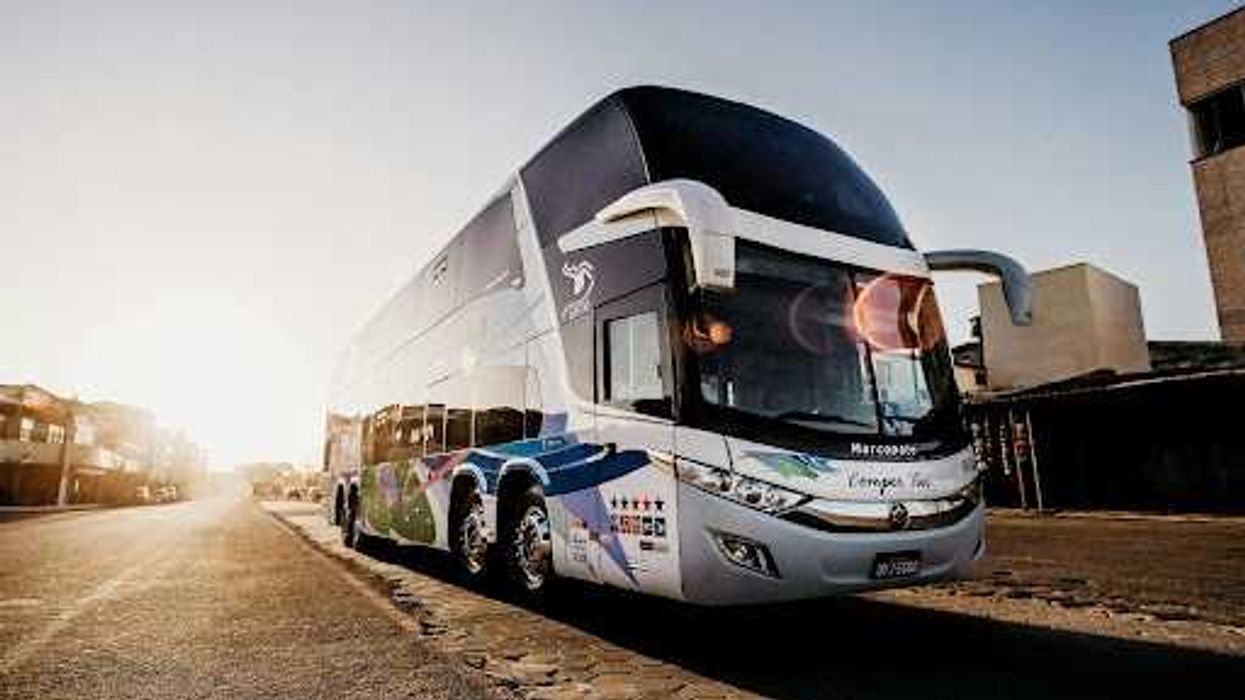WASHINGTON—For high school students across the country and the world, it’s college application season, where one decision can change the trajectory for a teenager’s entire life. However, some students of color aren’t even exposed to all of their options, in particular, minority serving institutions (MSIs).
In the United States, MSIs, which include historically Black colleges and universities (HBCUs) and Hispanic-serving institutions (HSIs), enrolled over 5 million undergraduate and graduate students in 2016. That’s around 25% of total college enrollment, according to 2015 data.
High schoolers can apply to any school they want, but some say they aren’t being exposed to all the options they deserve. Deborah Santiago, the co-founder and CEO of Excelencia in Education, an organization dedicated to the success of Latino students in higher education, is one of them.
“Institutions have a responsibility to do that marketing [to students,]” said Santiago. “...At Excelencia, we focus more on...what institutions are doing to reach out to students. Students already have a lot of burden and expectation to do some of the homework to figure out what’s a good fit for them.”
One study found that when college recruiters are sent across the country to high schools, they tend to visit schools in wealthier neighborhoods with predominantly white student bodies. That means many students of color, who often live in lower-income areas, are not having college recruiters visit them, and if they are, they’re not recruiters from MSIs.
College Campus Tours LLC (CCT) is an educational consulting firm that is working to bridge that gap. For almost 30 years, instead of relying on colleges to come to students, CCT has been bringing students to colleges through its diverse bus tours. They offer a variety of tour groups, including an HBCU tour and a Latino college tour.
Owner and President of CCT, Shaun Lain, said there is a substantial difference between having high schoolers meet with college recruiters and having students actually visit college campuses.
“Most people learn through visual, auditory, or tactile [experiences.] ...[Students] need to smell, feel, and touch if this is the right environment,” said Lain. “You can’t do it on a view book, you can’t do it online. You need to go there and see the environment, see the experience that the college has [to] offer.”
Art student Amalia Muñoz attends an HSI in the western suburbs of Illinois, Waubonsee Community College. She said she didn't remember her high school having college recruiters from diverse institutions, and it wasn’t until she actually got on Waubonsee’s campus that she learned about its diverse offerings.
“When I attended some events, like orientation, I remember [seeing] tables for a Latina/Latino club. I know [the Hispanic community] is a big thing, big enough for us to get emails,” said Muñoz.
Lain said it’s important for students to have access to multiple higher education institutions and see what they have to offer before actually committing to a college.
“We want to make sure that students get a good glimpse on what speaks to them, and that's why we want to emphasize them actually getting on a bus,” said Lain.
Although CCT does help bring students to diverse college campuses, its services may not be accessible to all students and their families. Santiago said financial literacy and familial support are among the most crucial factors when making college decisions.
"Recruit the whole family, you don’t just recruit that individual student. A student relies on their family and support to be able to be successful,” said Santiago.
At CCT, on average, their Latino college tours cost just under $235 per day, per person. While this includes bus transportation, some merchandise items, and sightseeing activity fees, it does not include the recommended $40 per day for dinner, additional money for souvenirs, or transportation to and from the departure cities—which are all larger, metropolitan cities.
Lain said that because many people come from different financial backgrounds, through CCT, he tries to expose students to successful career paths in case they are not receiving proper support from their high school guidance counselors.
“It hurts me to my heart when motivated students go to college and complete college, but they major in something that really can't propel them for the next 40 years,” said Lain. “We go through those five essential majors of the unemployed and we go through those five majors of the employed, because it's very important that they realize that we need to have transferable skills.”
Myla S. Roundy is a third-year journalism student at Howard University. She is a fall 2025 Common Ground Journalism fellow and the investigative section editor of the student-run newspaper, The Hilltop.




















